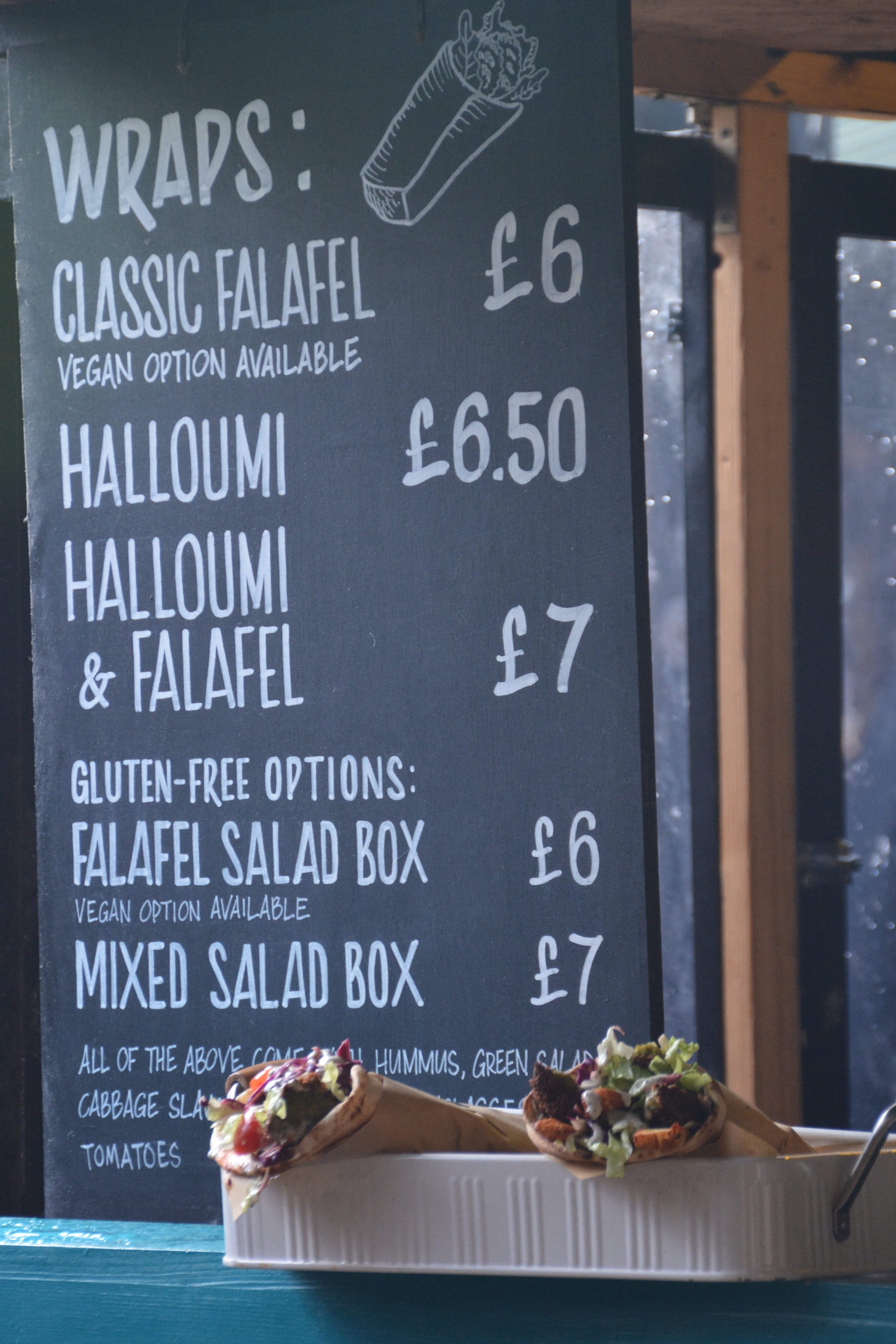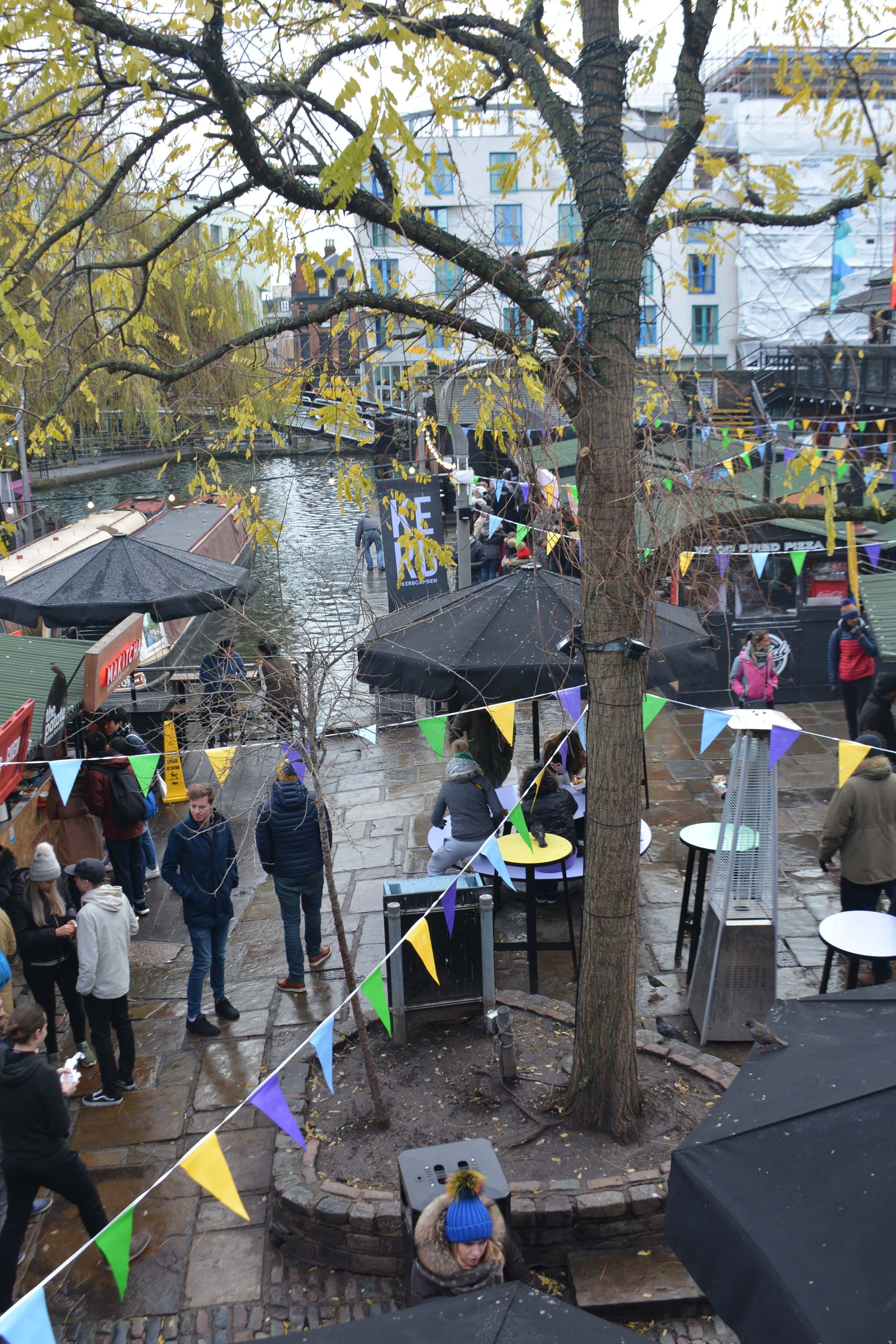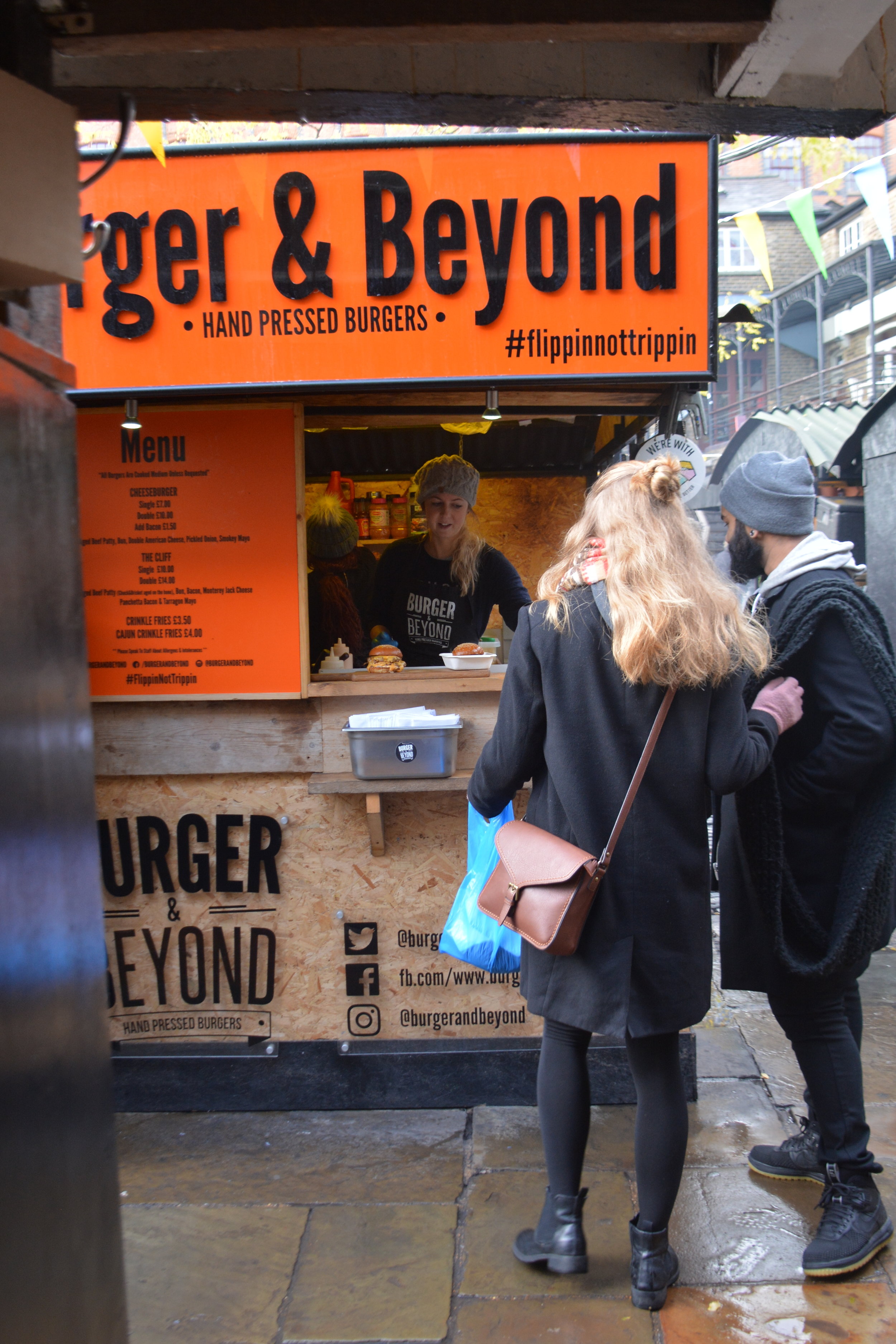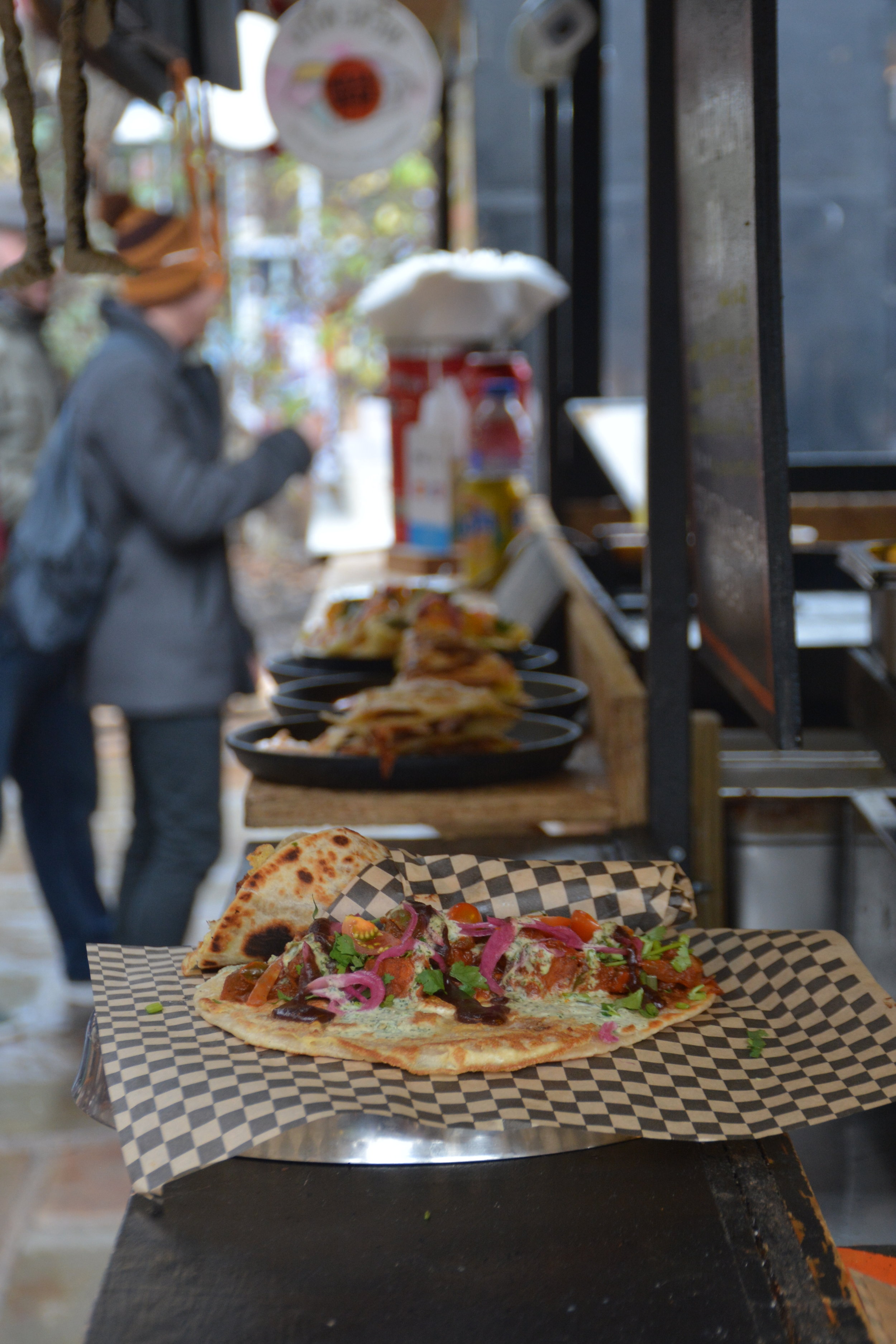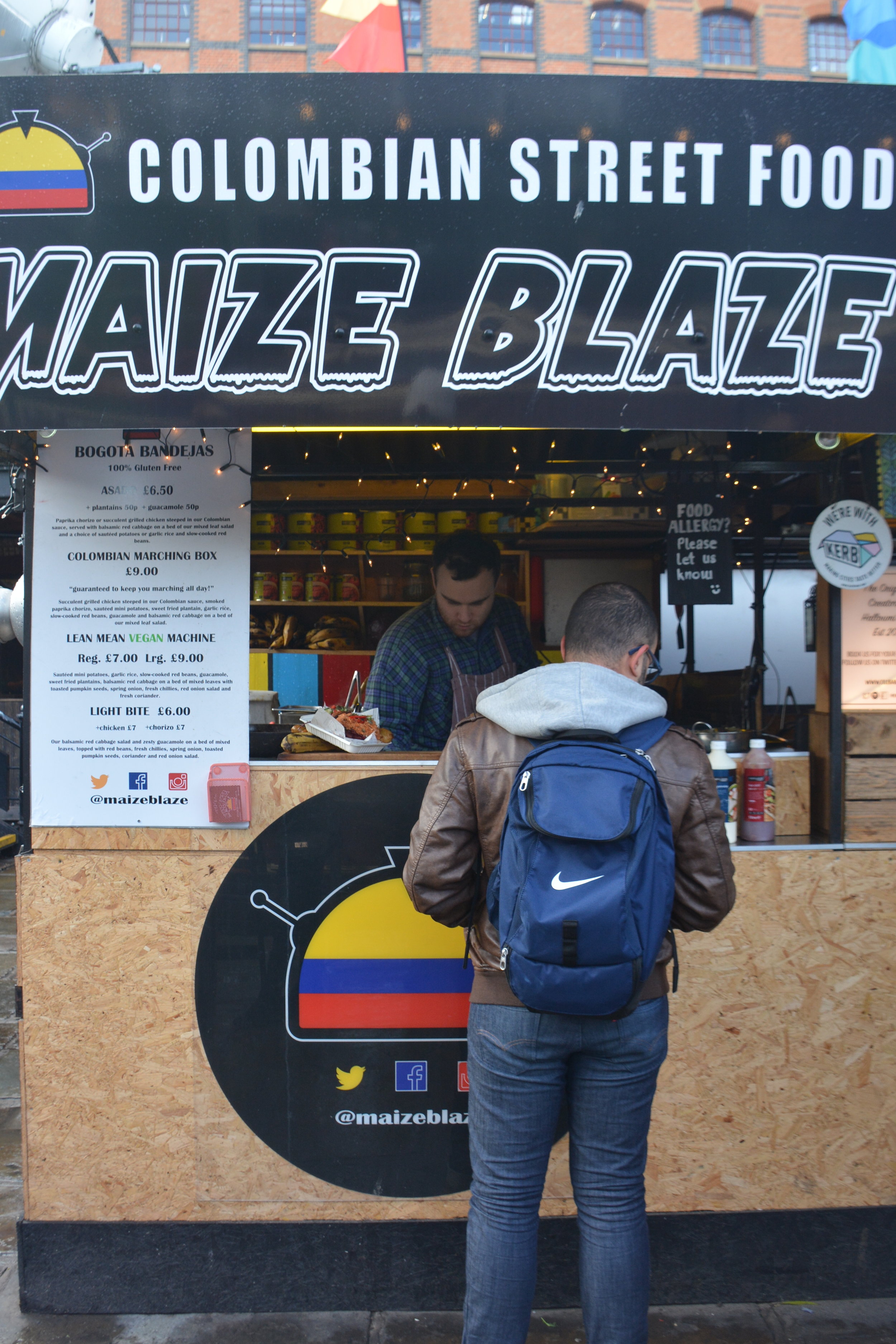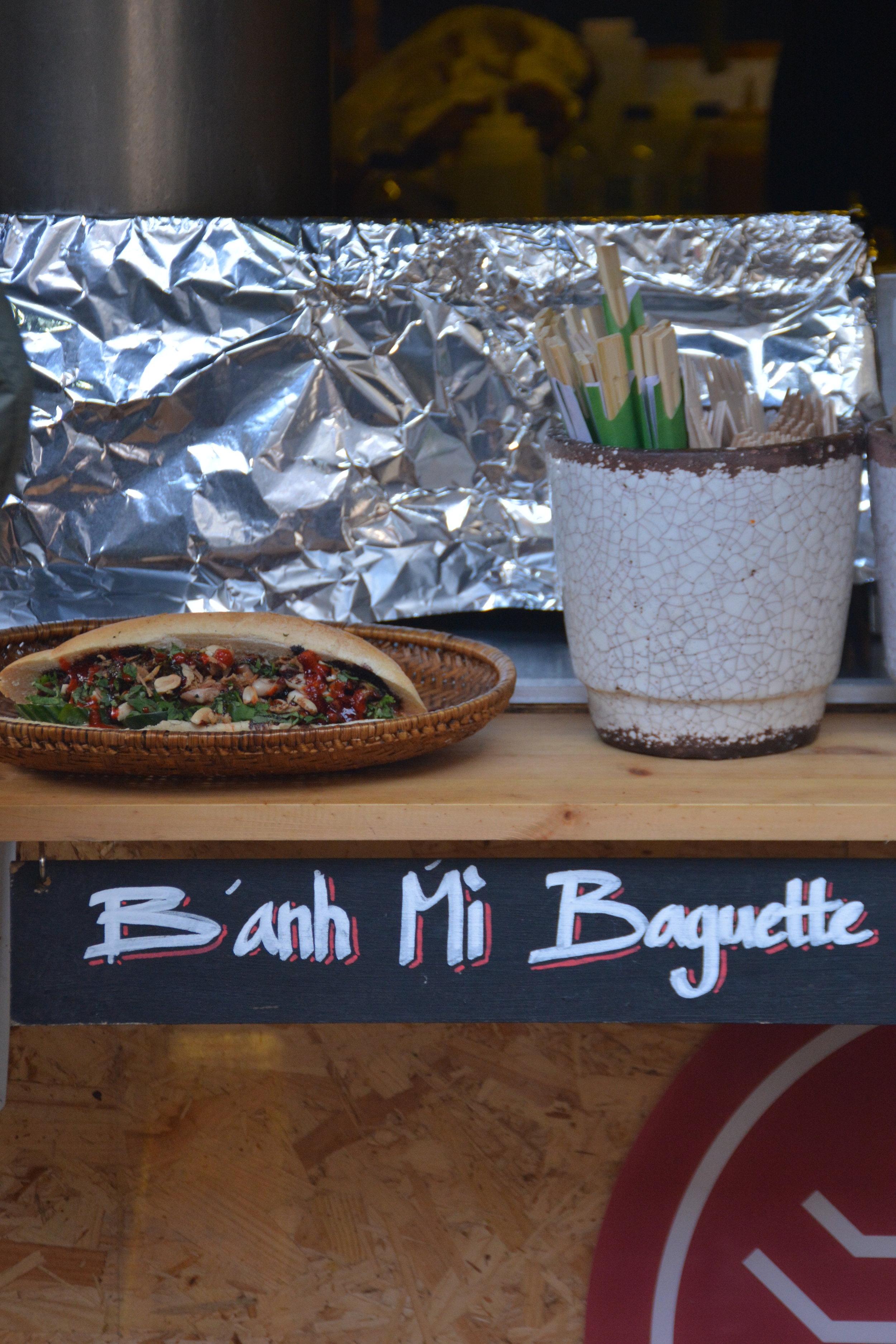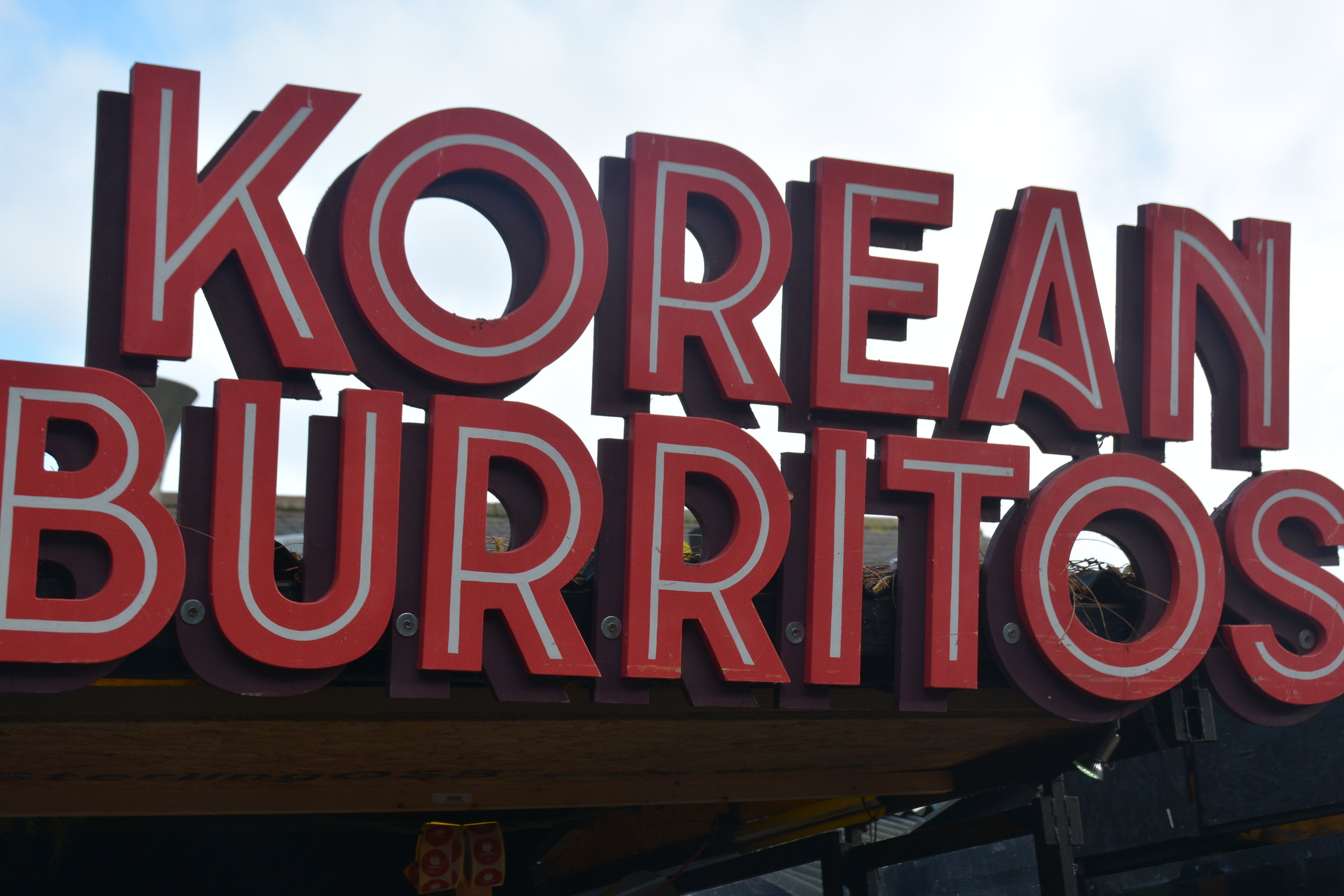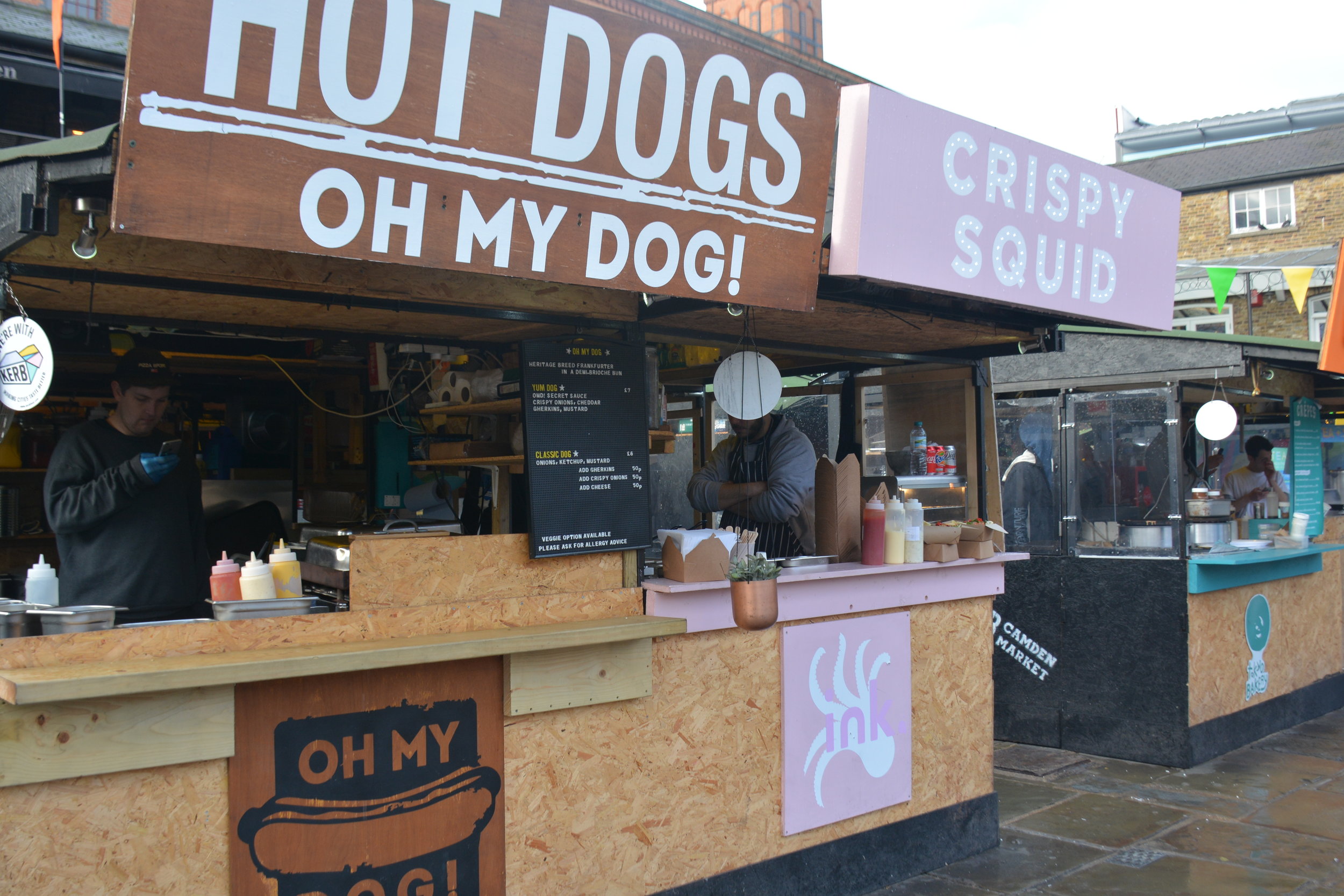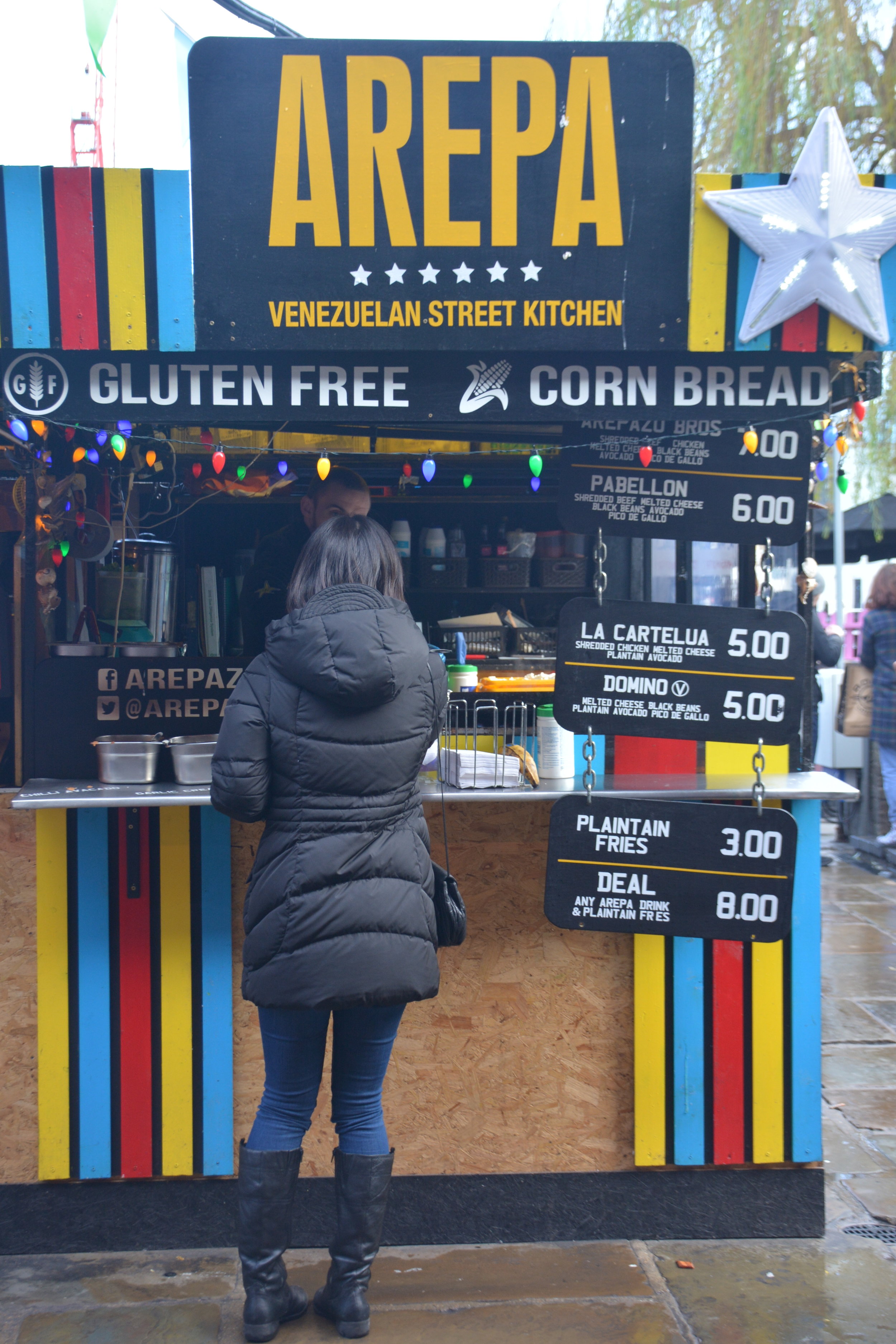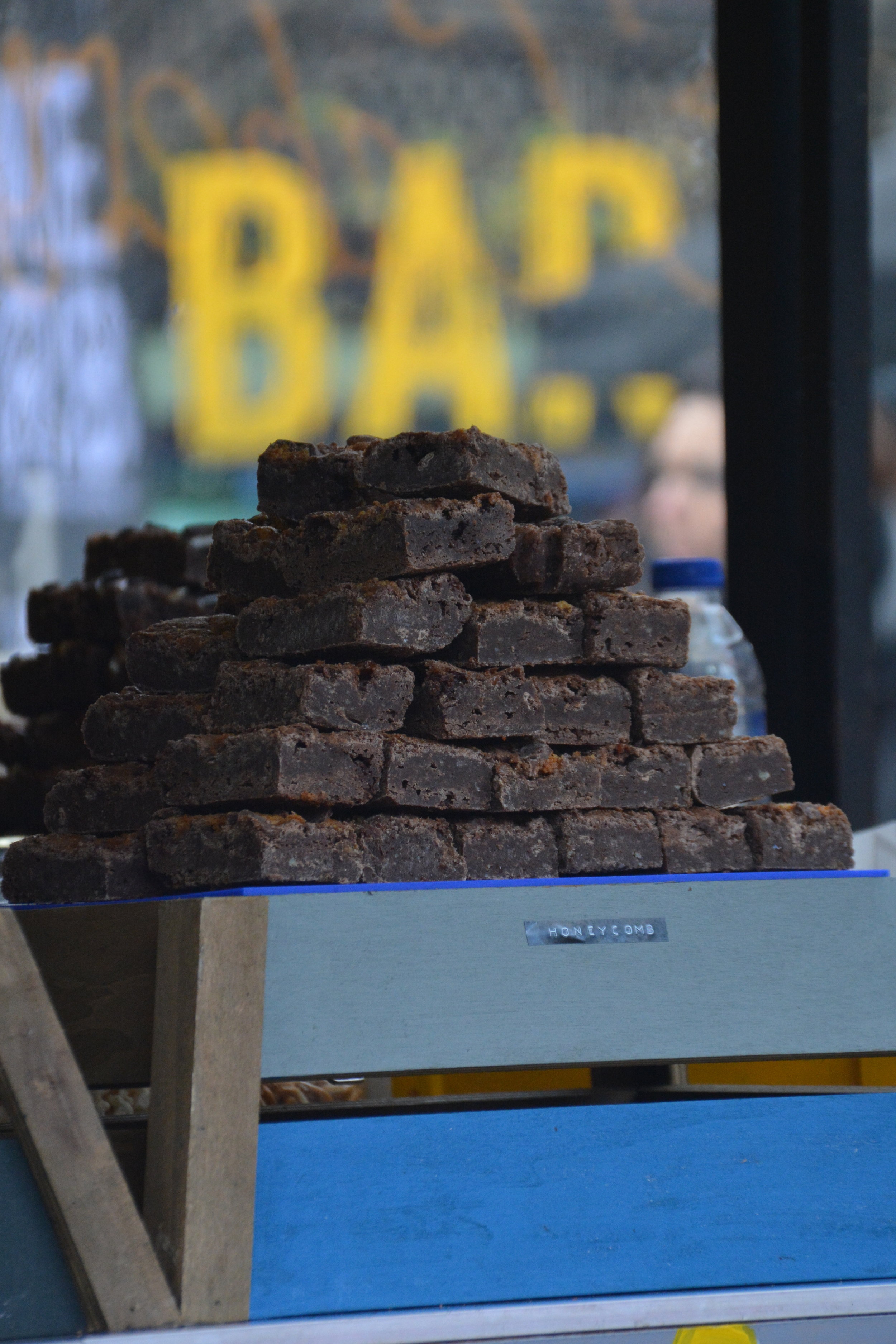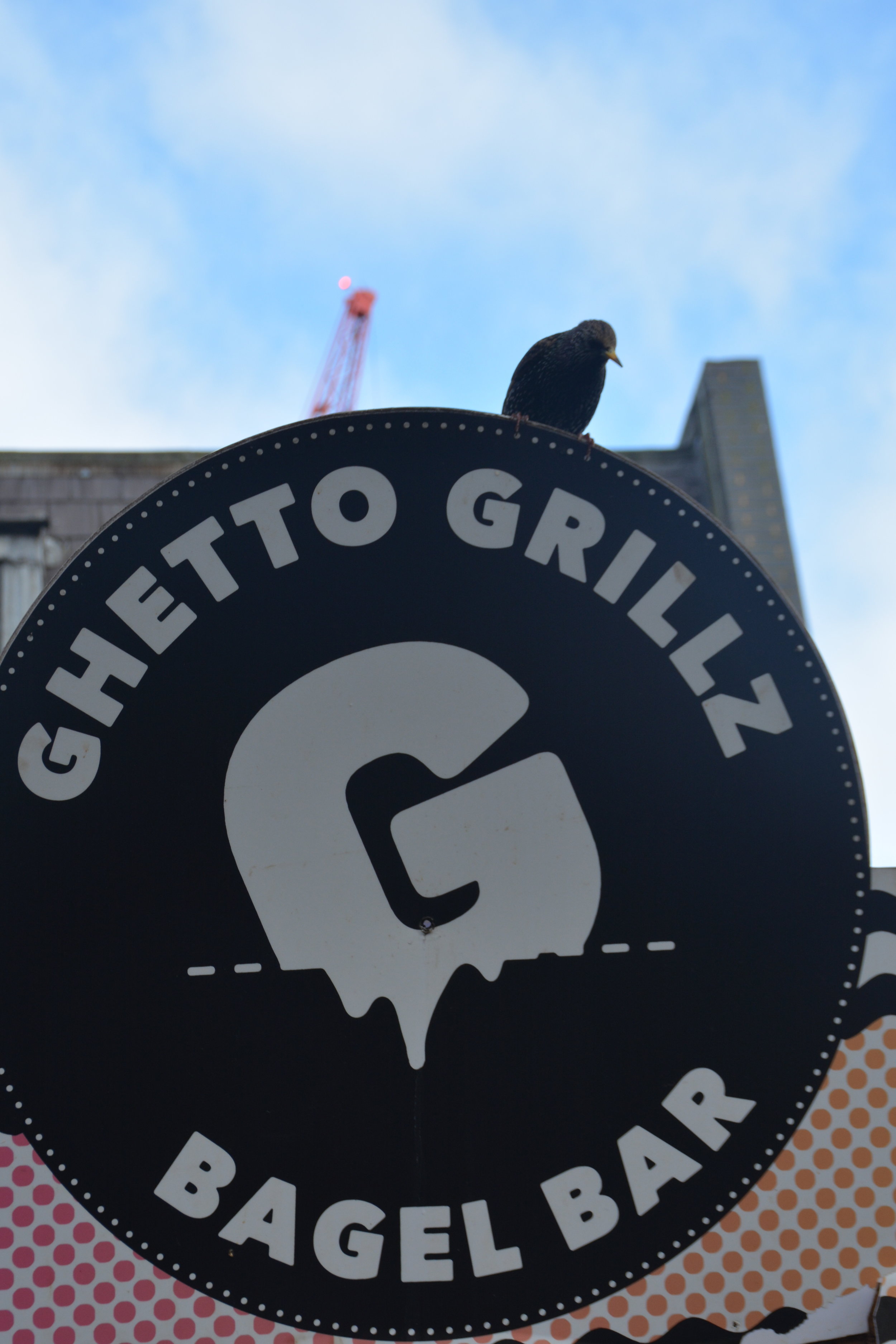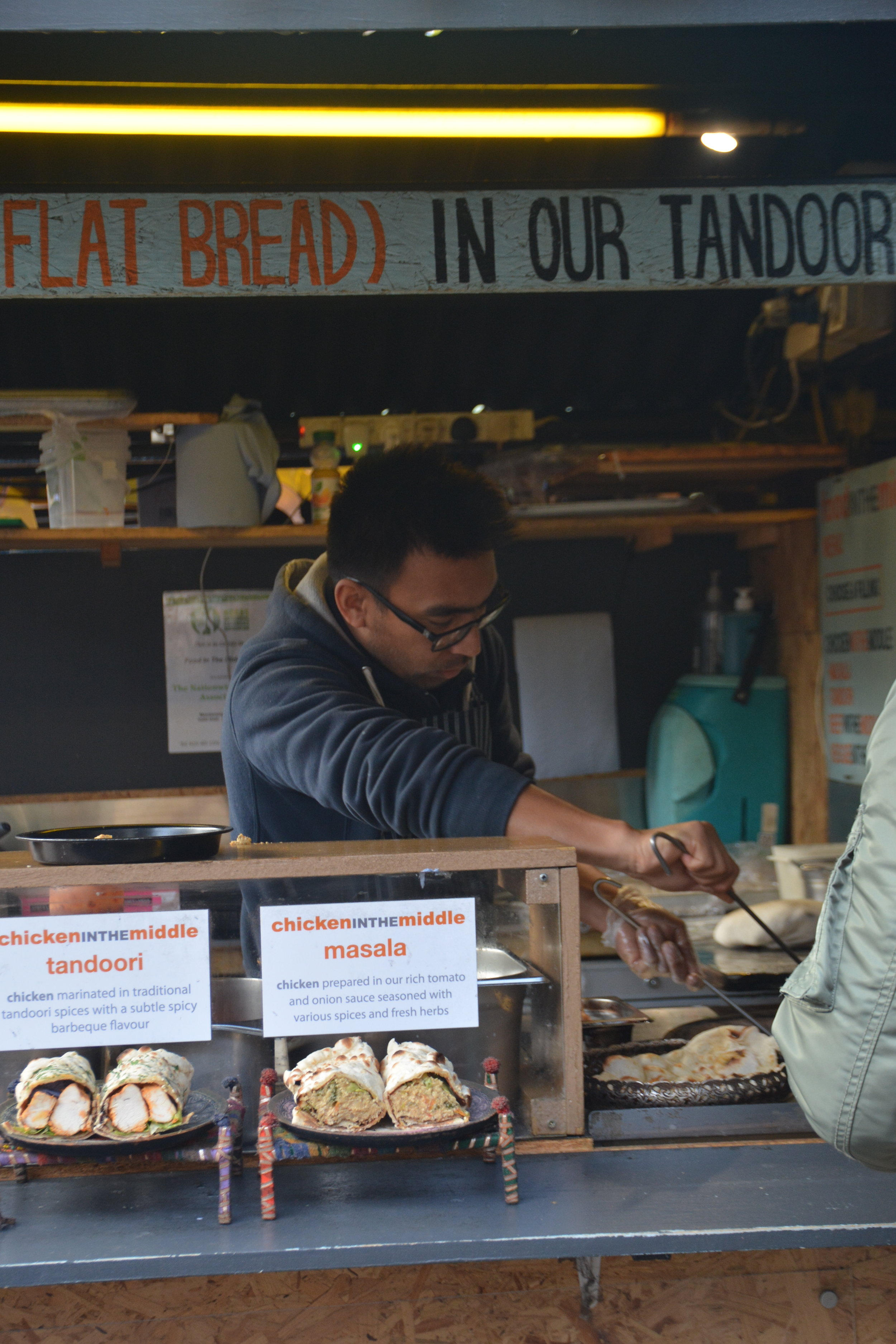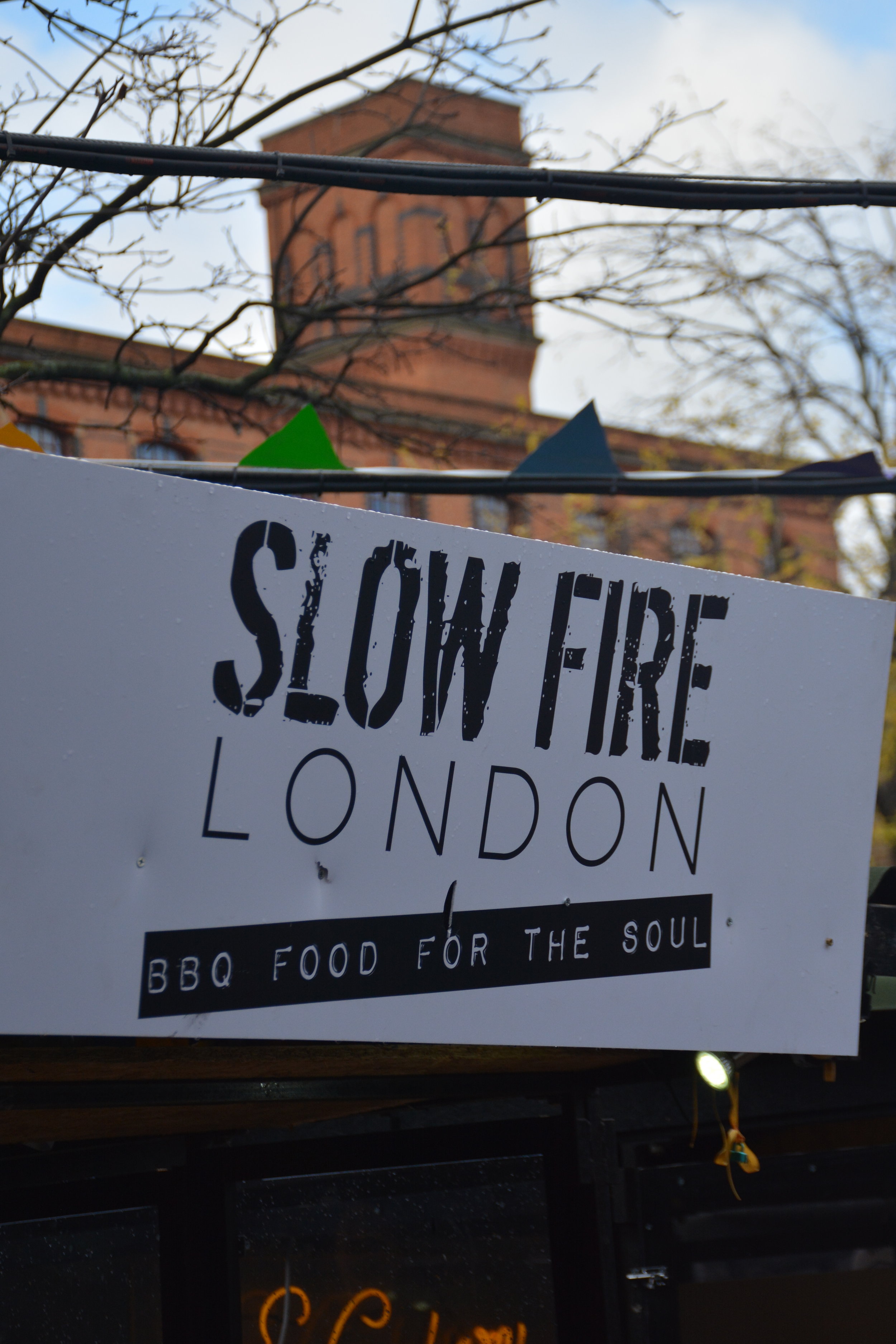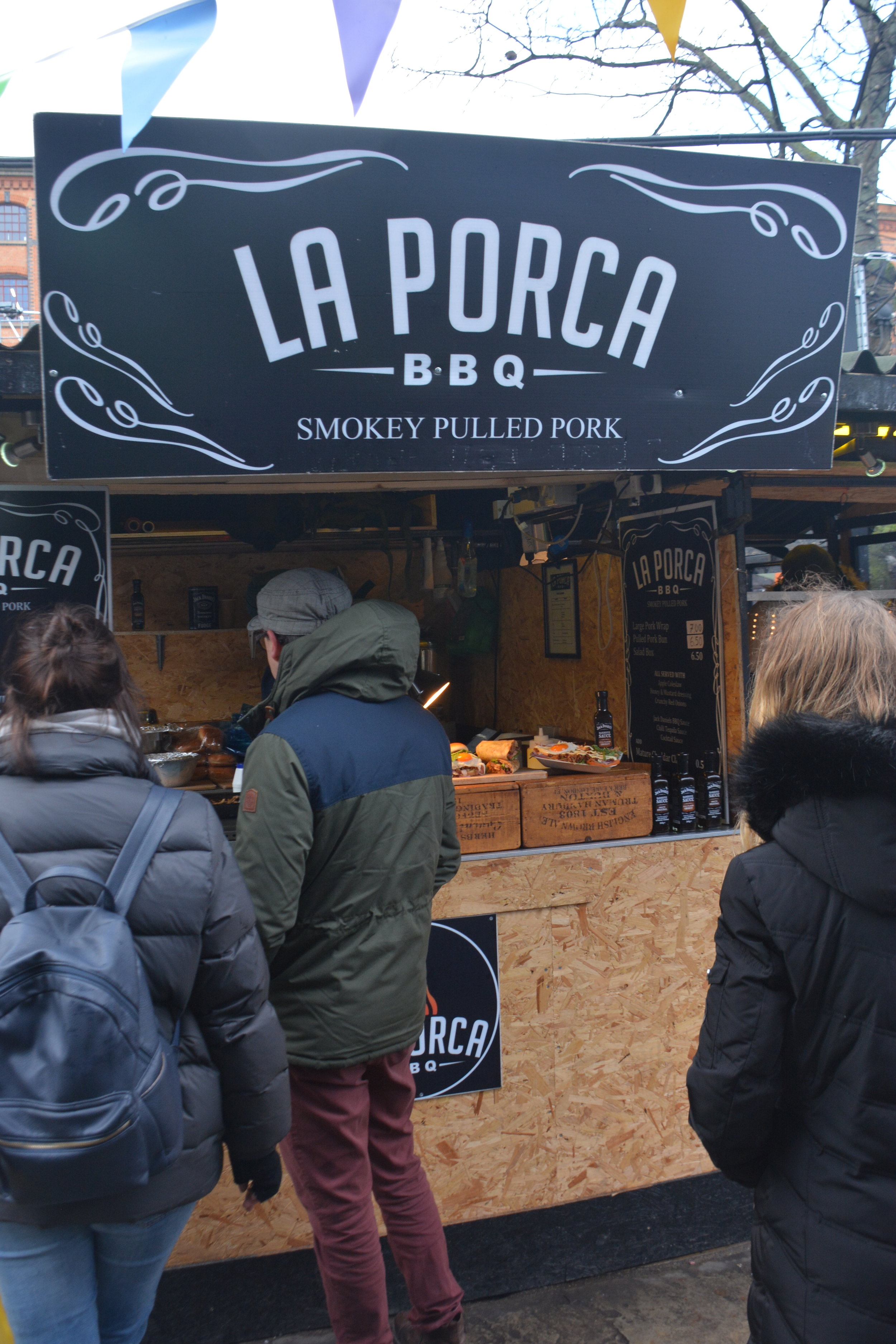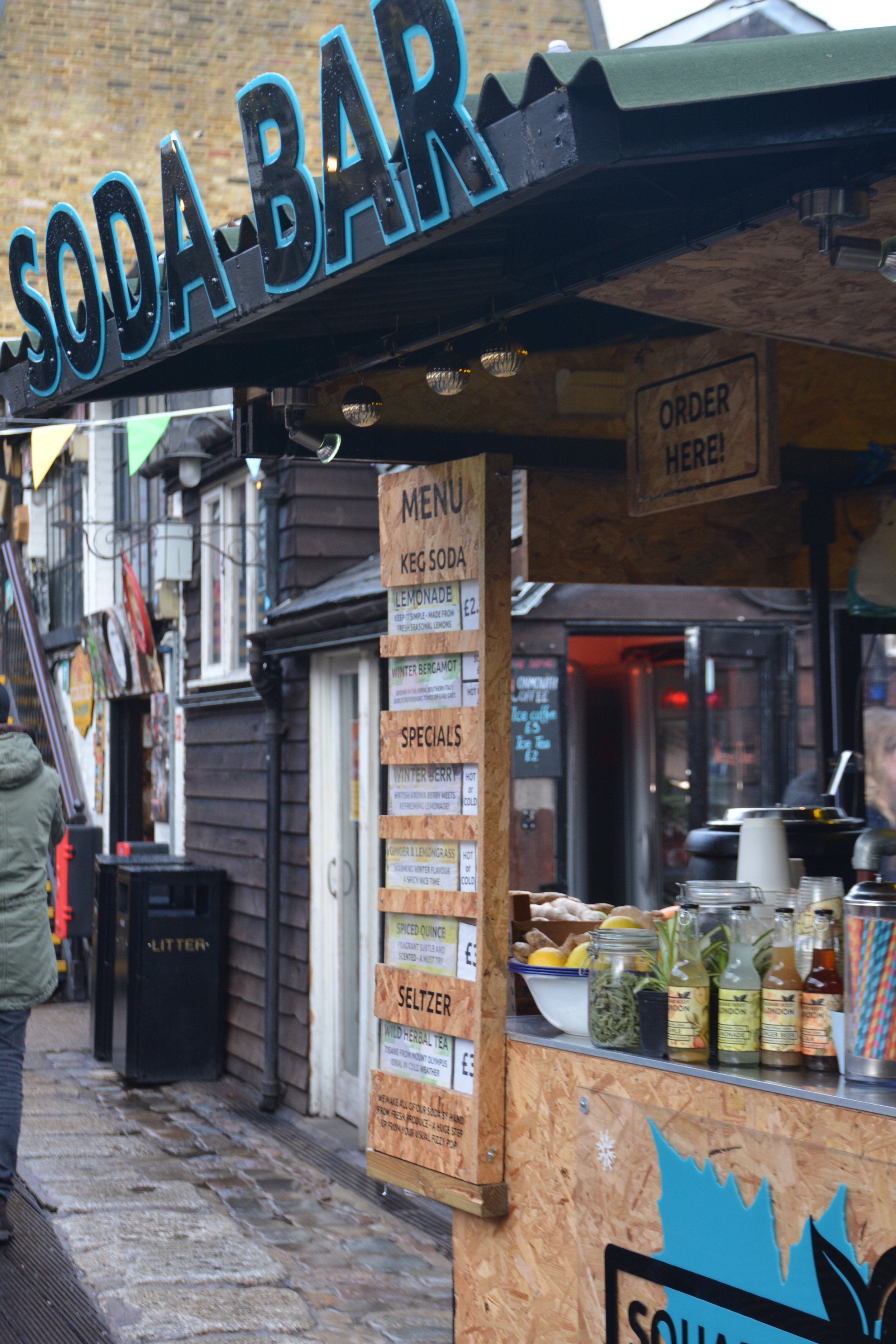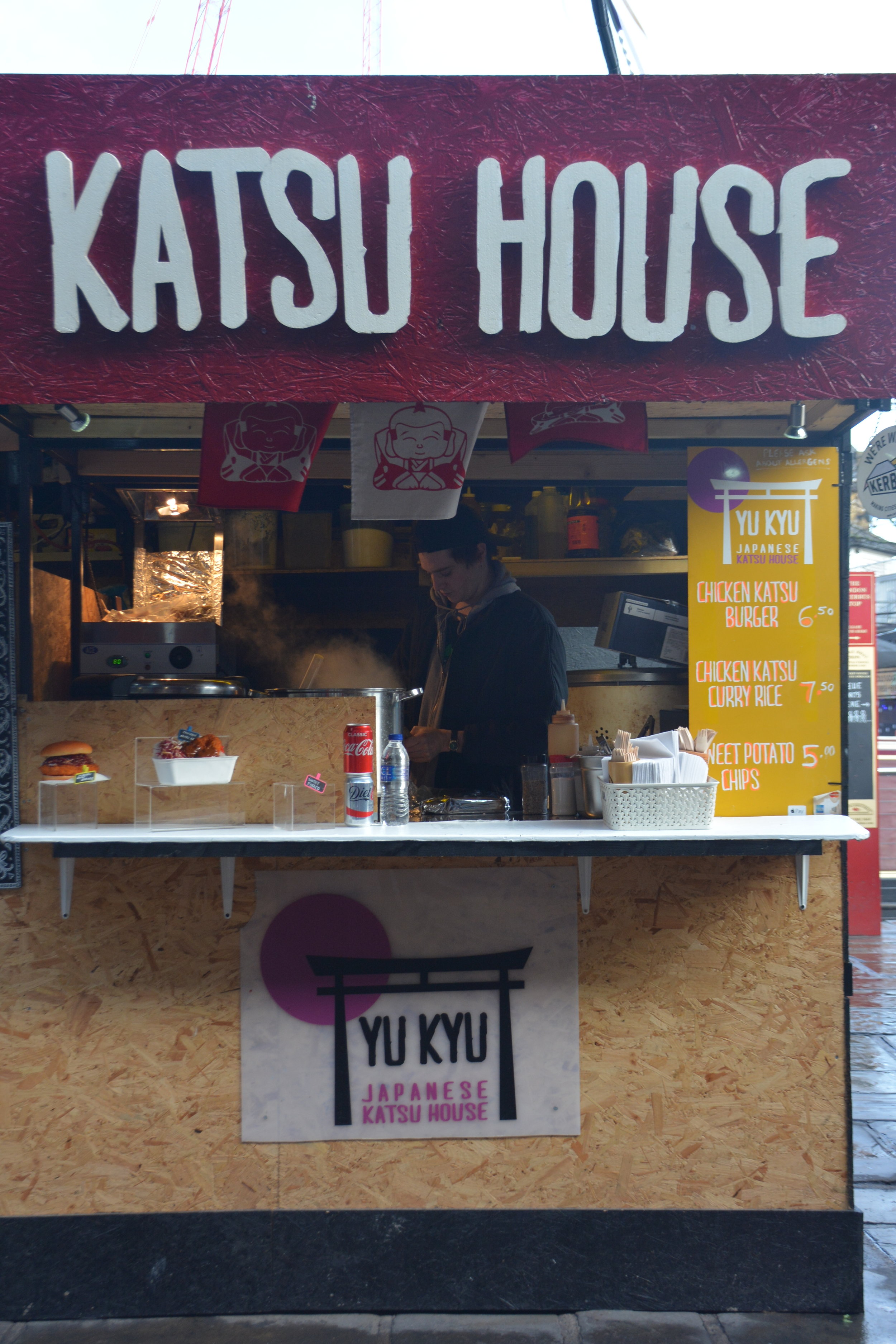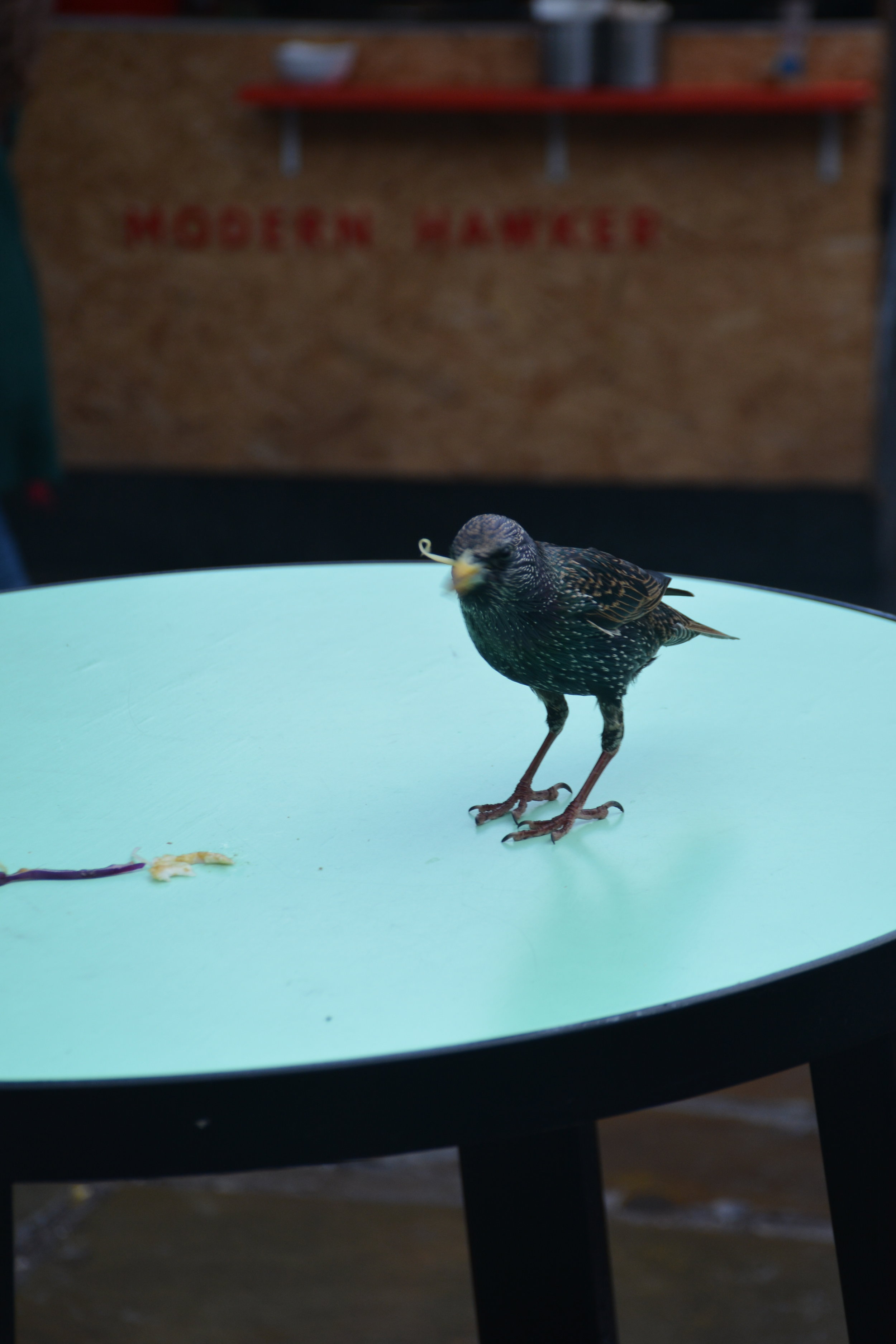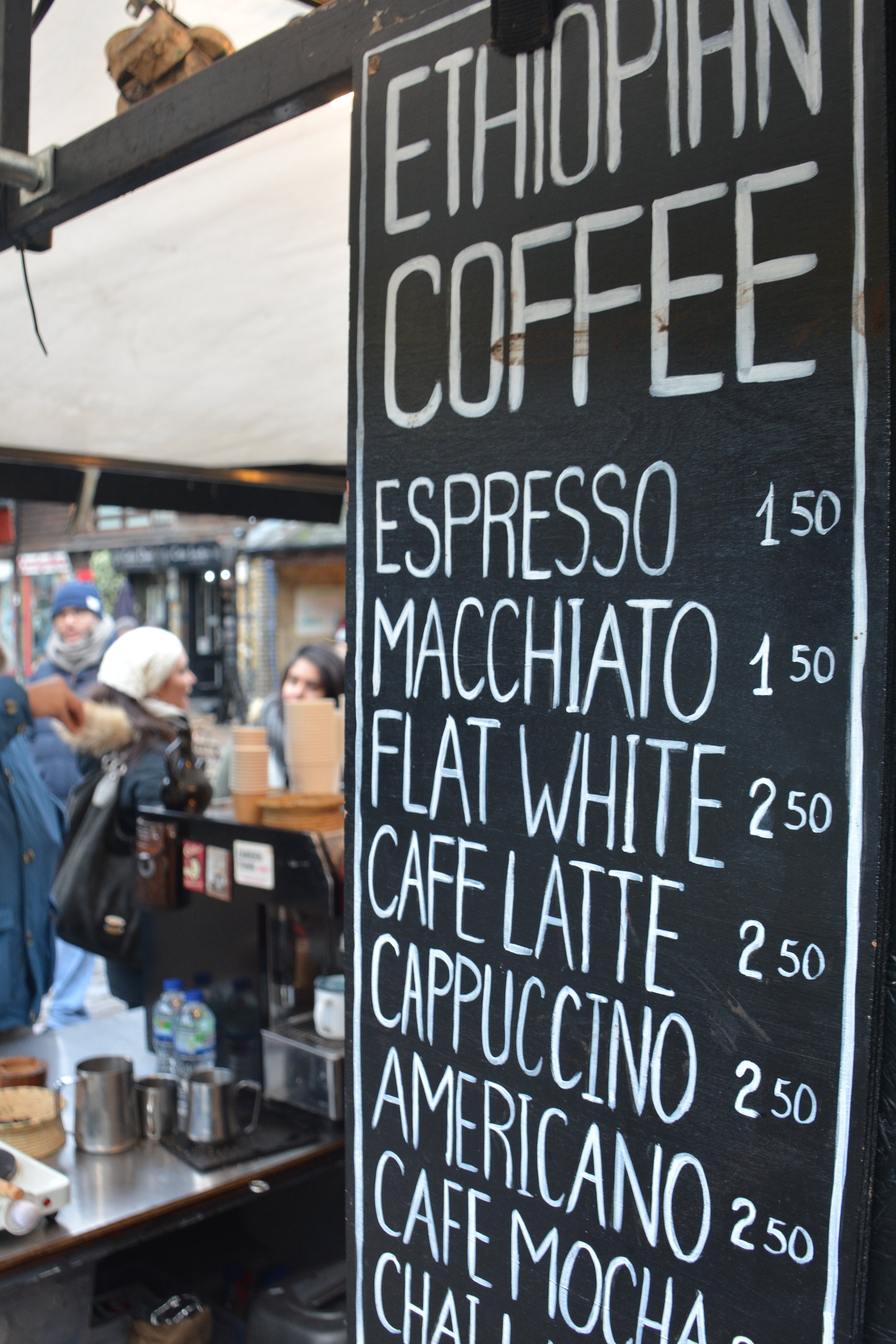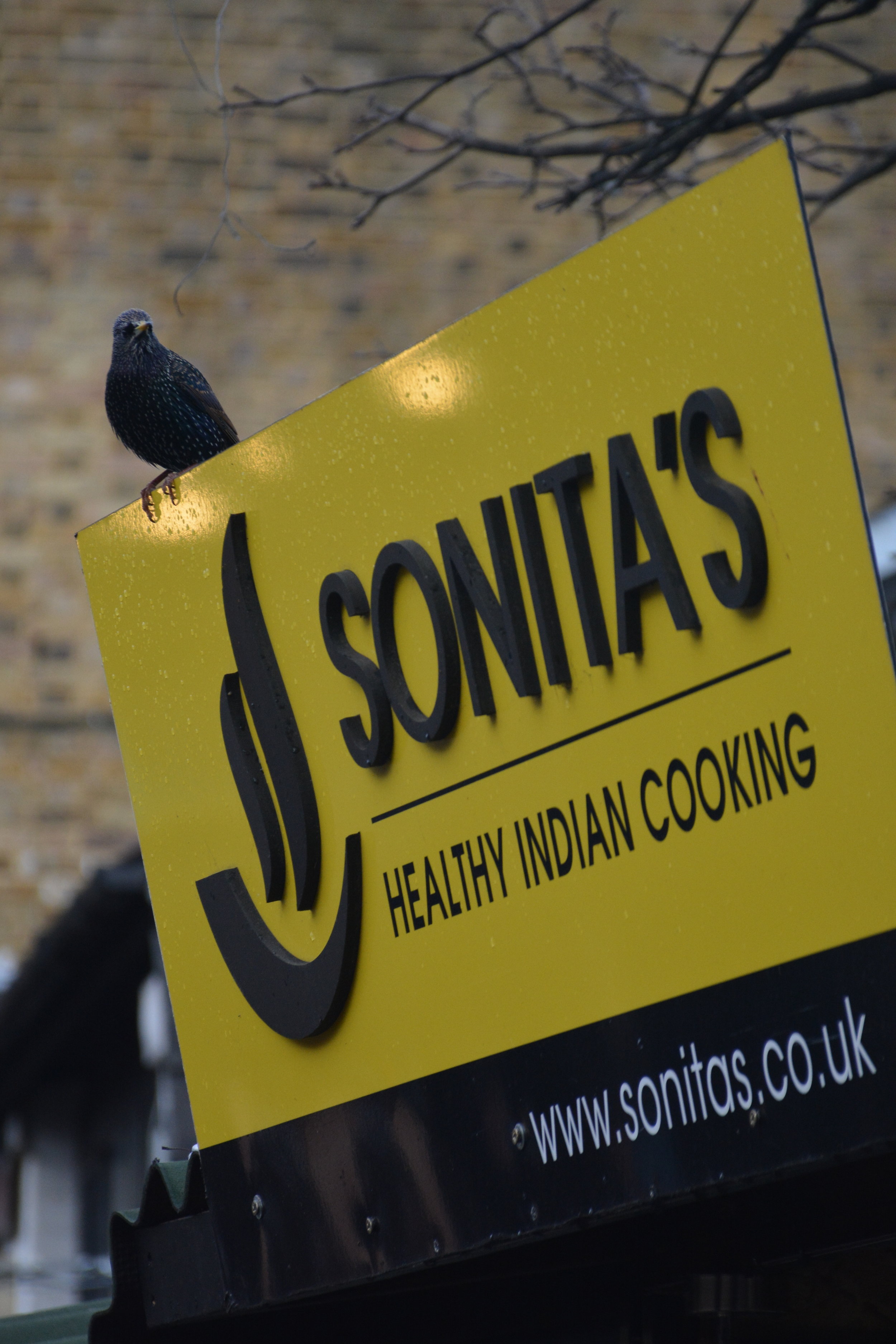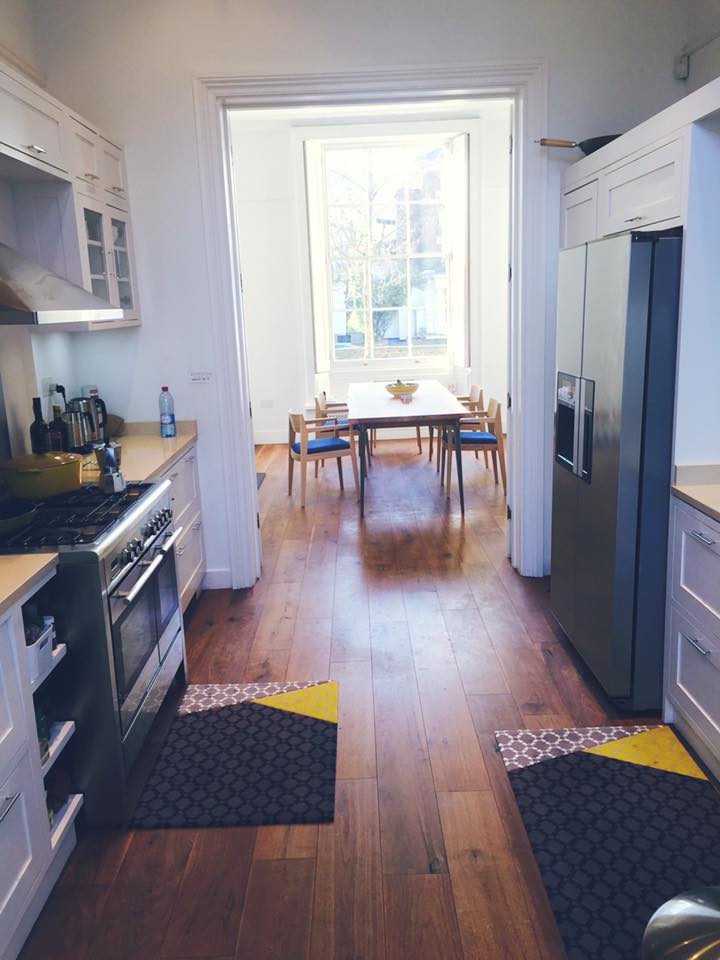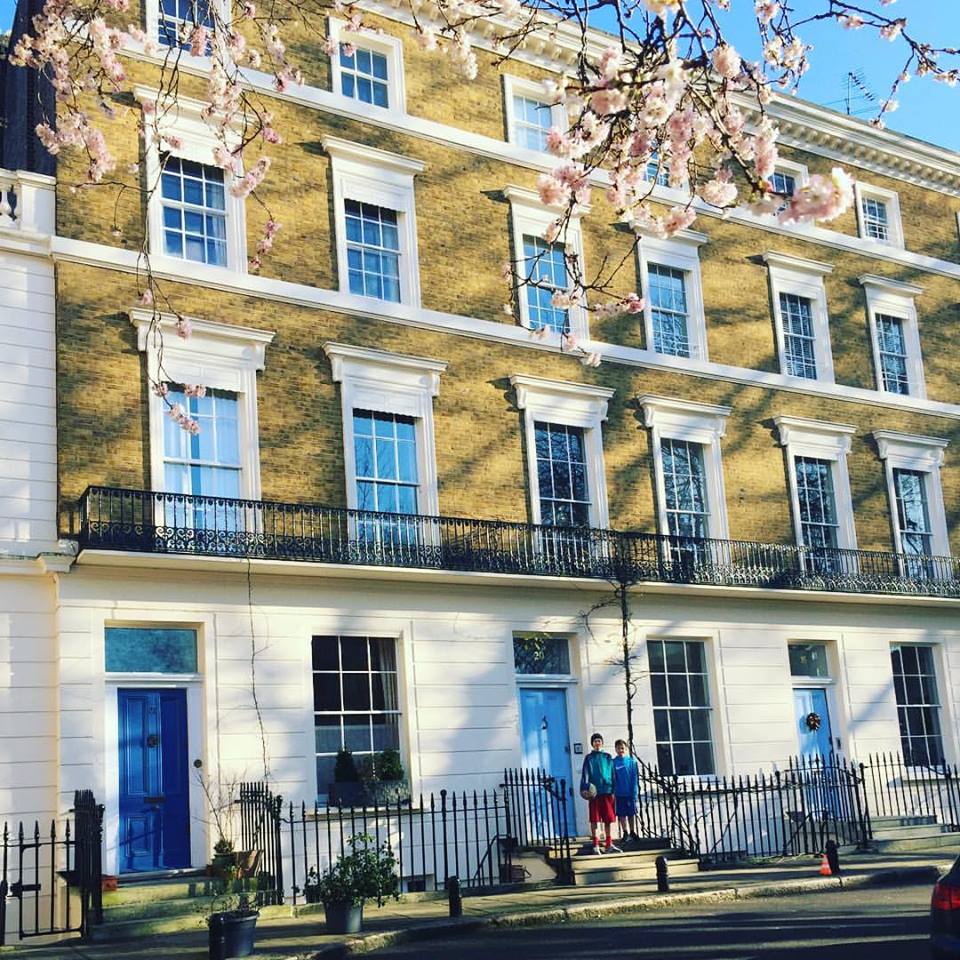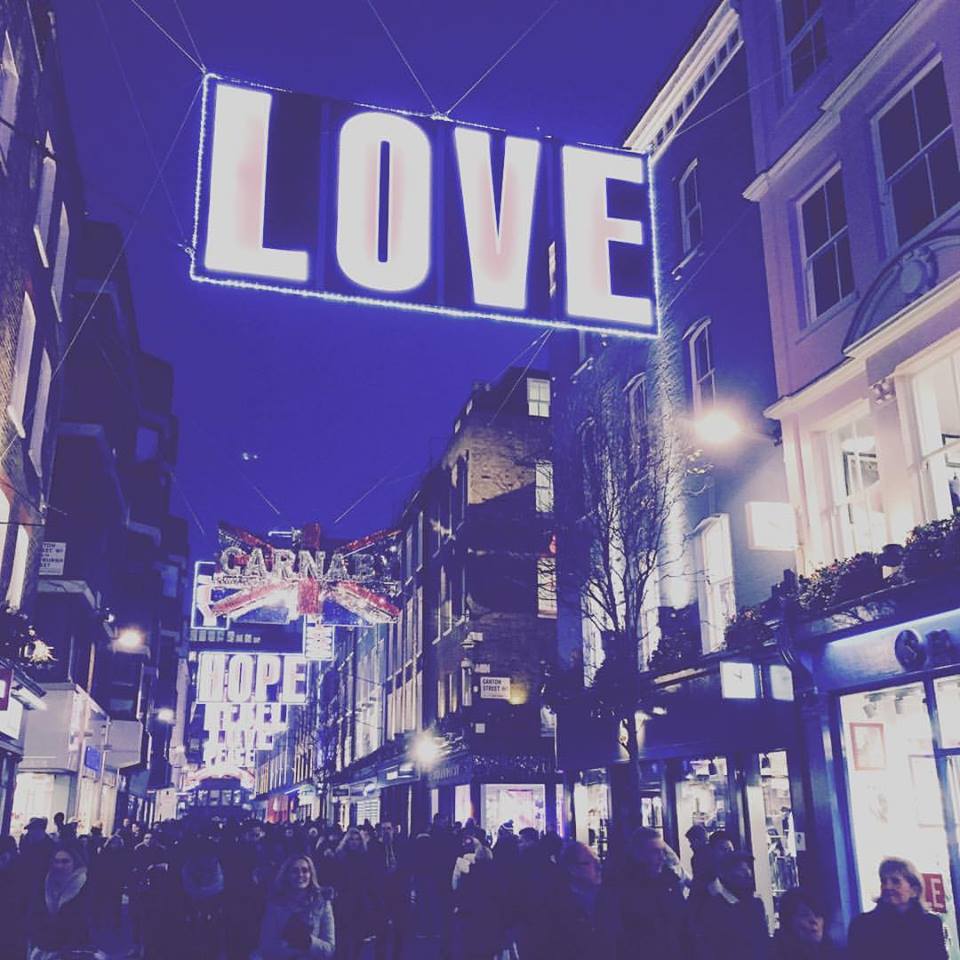In the context of a culture where we’ve learned to be impatient by expecting instant gratification and where products (and even relationships) are no longer “built to last” but rather “built to make it to 2.0”, being solution minded requires both a time horizon and a creativity that goes against the grain. I was reminded of that this week with a run of the mill household appliance issue.
One of our favorite features of the house we are renting is the five burner gas stove with an attached side by side double oven – a full sized oven and smaller compact oven. Despite churning out some memorable meals from the stove top, the full sized oven hasn’t worked properly since we moved in two months ago. The problem was a faulty hinge that wasn’t allowing the oven door to fully close. It was a small problem but with a meaningful consequence. Not only were things taking too long to cook but the kitchen was overheating every time we turned on the broiler.
We called for help.
The oven specialist confirmed the problem and determined a new hinge needed to be ordered. (Um, yes.) The good news was the replacement hinge cost £14. The bad news was the hinge was out of stock. The impossible news was the hinge was not just out of stock but obsolete. Parts were no longer being carried because the oven was 10 years old. The expert’s conclusion: there was no way to fix the oven. The owner would need to buy an entirely new oven.
We called for back-up.
We suggested a plan B to the property management company to see if a hinge from a similar but newer model might do the trick. It took 3 weeks for the savior part and a new oven specialist to arrive. Not entirely surprisingly in a world that seems geared to replacing rather than fixing, the new hinge did not work. The second expert’s conclusion: there was no way to fix the oven.
There would be no plan C. We were instructed to wait for a replacement oven.
This week we had a service call on a second appliance that resolved easily. As the handy man was finishing up the job I told him about the oven saga and the sad story of obsolete replacement parts. Ajay, though not technically qualified to work on ovens, offered to take a look.
Though I thought it to be a sympathy offer, Ajay asked me to walk him through the problem. As we stared down the oven together and I started talking about how I wished the problem was on the second compact oven which I rarely use rather than the full sized oven which I always use, the aha moment hit us both at the exact same moment: switch the hinges.
After a quick clearance call, Ajay went to work to swap the faulty hinge on the full sized oven with the good hinge on the compact oven. In the process he also discovered several loose screws on a previously unnoticed brace piece that was causing gaps for the heat to escape. In less than five minutes of work, not only was the full sized oven closing perfectly but the compact oven with the faulty hinge – because of less weight on the hinge and the tightened brace piece – was also completely serviceable. Problem solved. Thanks to Ajay's crisp thinking.
Of course life is not a cake walk even if I can now make a cake. It’s a totally unimportant story however I’ve been thinking about how it might apply to being solution minded in a world of much more than broken ovens.
First, there will always be a debate on when to fish or cut bait but to be solution minded means we need to persist past more than two failed strategies and ideally have a few ideas going simultaneously. There was no thinking about the oven as we waited the 3 weeks for the savior part. In this situation we only explored up to plan B before we gave in to the impulse – sanctioned by experts -- to throw away what we had and start over. The new oven would have certainly solved the problem and insured immediate safety but not without significant financial cost to the owner, inconvenience to us and the larger environmental cost of creating unnecessary waste.
Second, it reminds me that it’s not only the experts who solve problems. I assumed the experts had looked at the issue completely but they never really asked me any questions. Ajay’s success with my other household issue stimulated my belief that he might be able to crack the code on the oven. Experts may be good at diagnosing the problem but sometimes someone from the outside is able to look at the bigger picture and hear the problem in a new way. The oven experts could only see the offending hinge but Ajay standing shoulder to shoulder with me was able to see another path by listening closely to both the problem and how I was managing around it.
Finally, sometimes solutions are as simple as re-balancing what’s already there. The oven fix didn’t require a single new part. Instead it required a redistribution of parts that were already there – moving one hinge that had been overworked to a new place where it could get some rest. It also required the thoroughness of someone to get under the hood of the problem and tighten down a hidden brace piece that was causing as much if not more leakage than the obvious derelict hinge. Most importantly, it required a stated openness to compromise – a broken compact oven in favor of a working main oven – before we knew it was possible to have both.
In a world where we are desperate for solutions, may we pursue past early setbacks with creativity, patience, and an openness to stand shoulder to shoulder with the person who has knowledge and the person who’s living with the thing that is broken. We might be surprised to find there is less to compromise than we thought. Golden breadcrumbs could be around the corner ...





